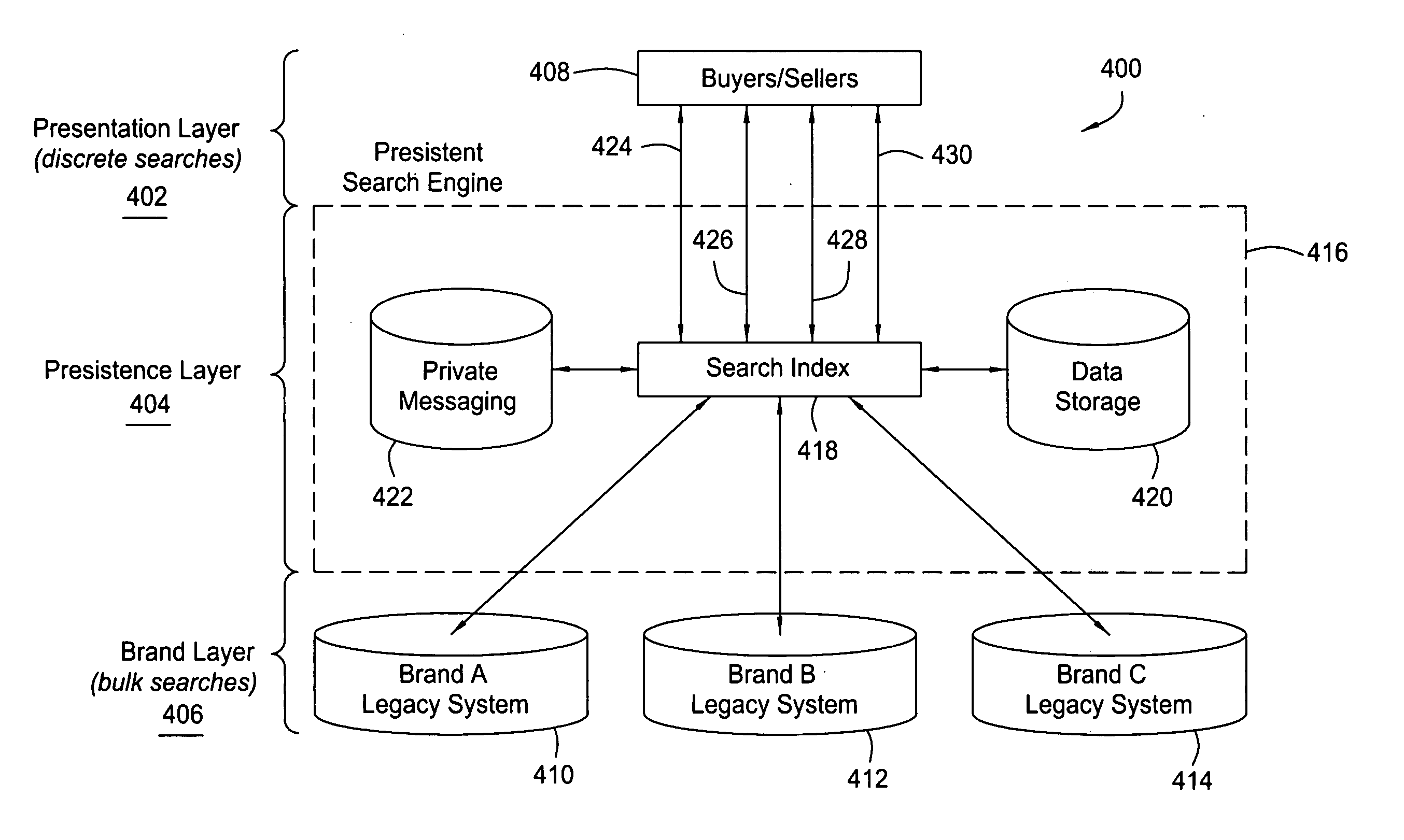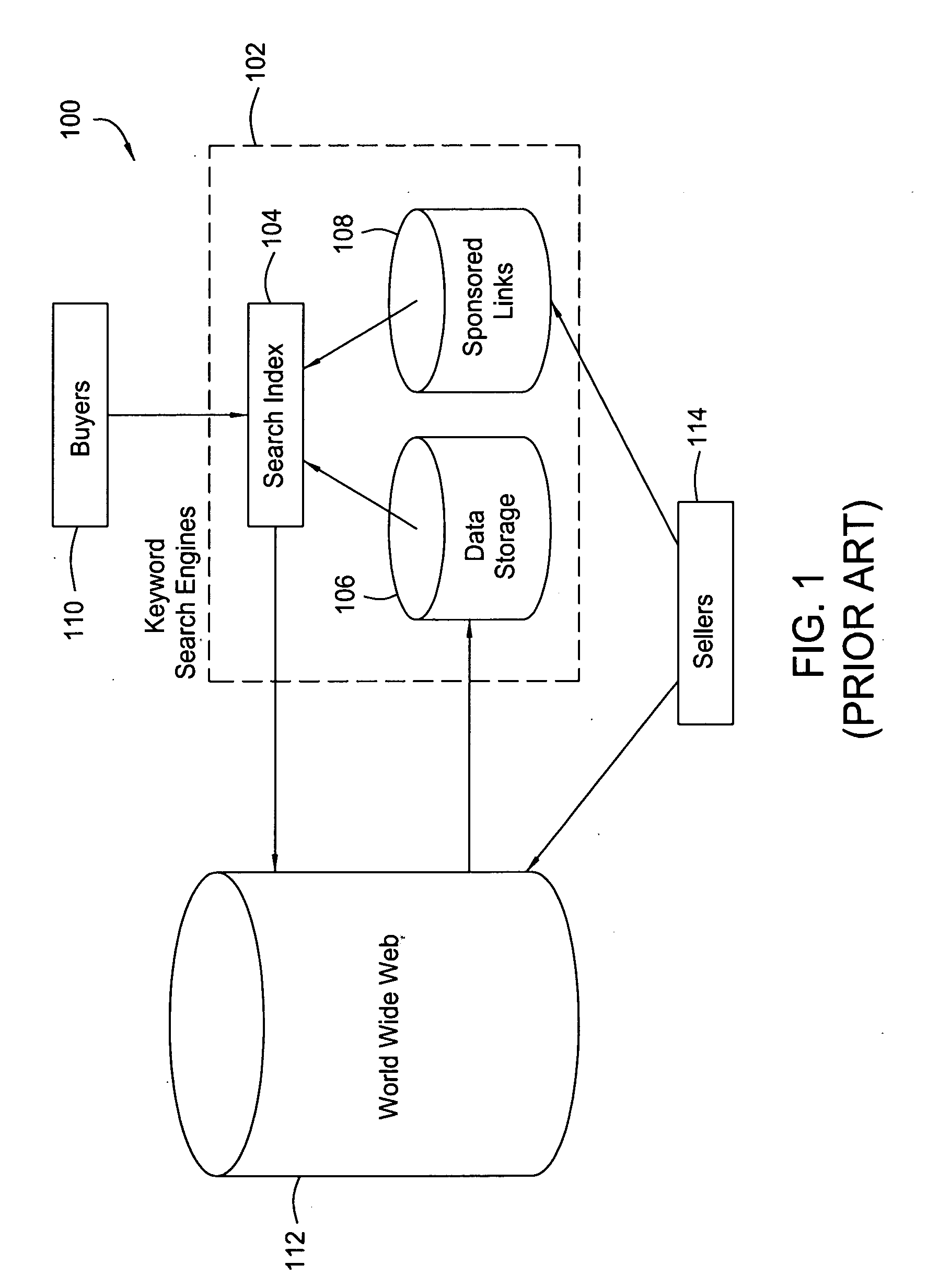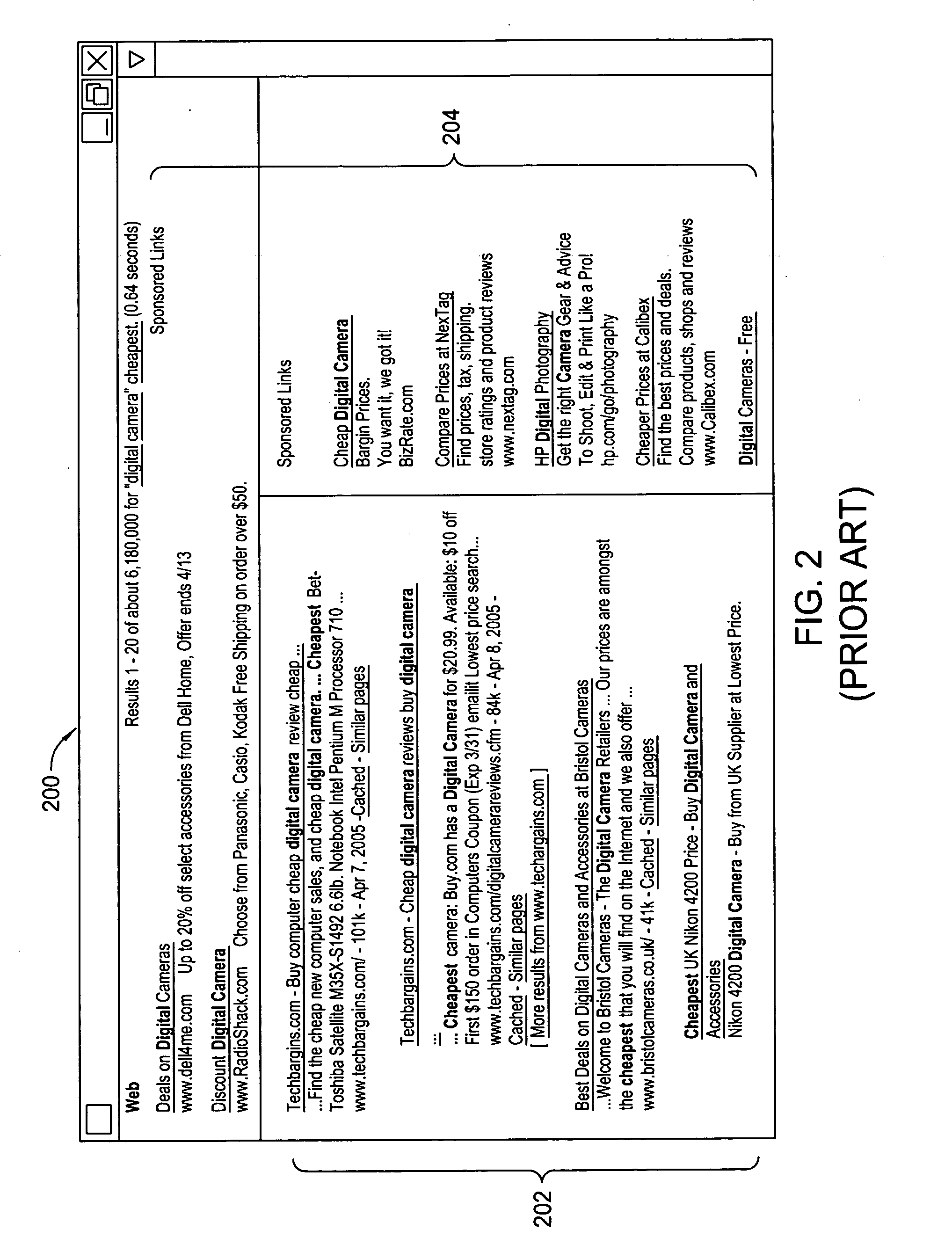System, method and apparatus for electronically searching for an item
a technology of electronic search and item, applied in the field of computerized information retrieval, can solve the problems of wasting time, broken marketing model, slow collapse of business model over 50 years old, etc., and achieve the effects of reducing waste, increasing profitability, and saving tim
- Summary
- Abstract
- Description
- Claims
- Application Information
AI Technical Summary
Benefits of technology
Problems solved by technology
Method used
Image
Examples
Embodiment Construction
[0109] While the making and using of various embodiments of the present invention are discussed in detail below, it should be appreciated that the present invention provides many applicable inventive concepts that can be embodied in a wide variety of specific contexts. The specific embodiments discussed herein are merely illustrative of specific ways to make and use the invention and do not delimit the scope of the invention. The discussion herein relates primarily to Internet related applications, but it will be understood that the concepts of the present invention are applicable to any interconnected database.
[0110] The present invention provides a system, method and apparatus for electronically searching for an item that provides relevant search results, persistent searching and protects the privacy of its users. For example, the present invention reduces: [0111] Dependency that Search Engine companies have on advertising revenue. In doing so, this will also reduce click fraud. ...
PUM
 Login to View More
Login to View More Abstract
Description
Claims
Application Information
 Login to View More
Login to View More - R&D
- Intellectual Property
- Life Sciences
- Materials
- Tech Scout
- Unparalleled Data Quality
- Higher Quality Content
- 60% Fewer Hallucinations
Browse by: Latest US Patents, China's latest patents, Technical Efficacy Thesaurus, Application Domain, Technology Topic, Popular Technical Reports.
© 2025 PatSnap. All rights reserved.Legal|Privacy policy|Modern Slavery Act Transparency Statement|Sitemap|About US| Contact US: help@patsnap.com



